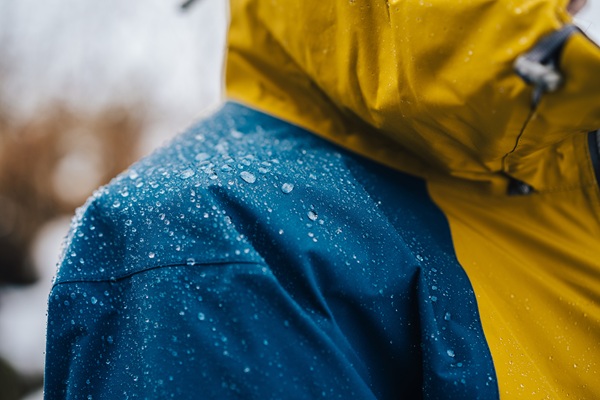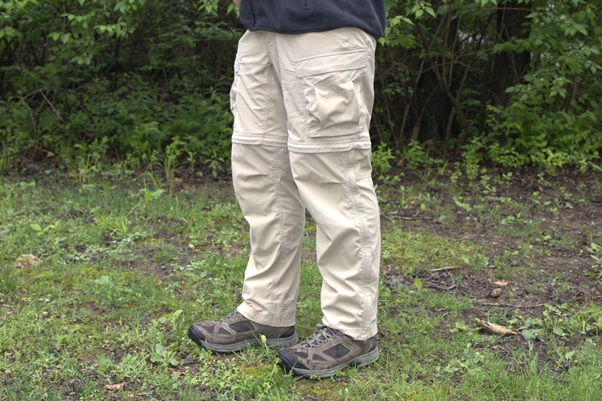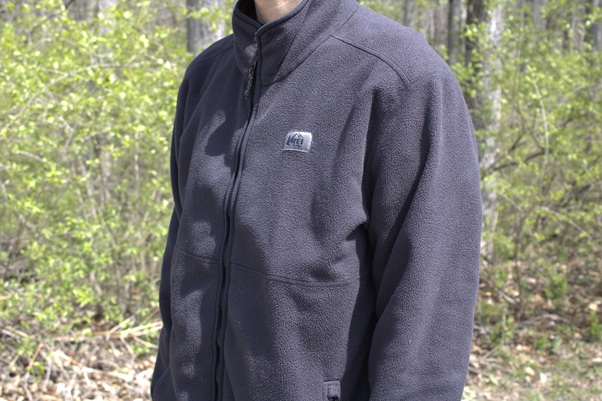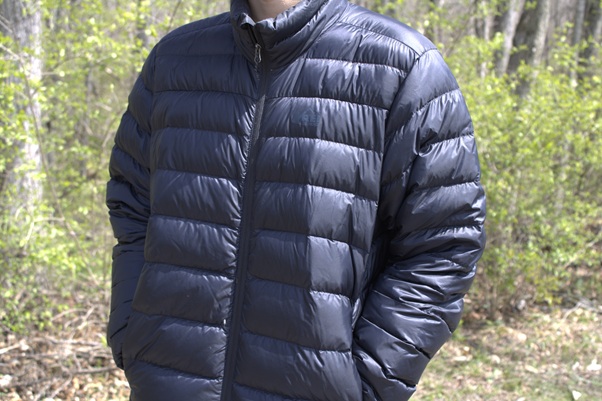Learn about Backpacking Clothes

Table of Contents
How many sets of clothing do you need on a backpacking trip?
Answer: Two sets—one for hiking and one for sleeping.
Wear the same hiking clothes every day, no matter how many days you hike. Any more than two sets will be too heavy and bulky. Your clothes will stink after a few days—join the club!
Exception: It might be wise to bring one or two extra pairs of dry socks. Wet socks can cause blisters. However, dry socks aren’t much help if your shoes are wet. In wet shoes, you can keep socks dry for a while by wearing plastic bags over them, but they will eventually become wet from sweat since plastic bags aren’t breathable.
Your sleeping clothes must always stay dry. Never wear them while hiking, because they may get wet from perspiration. Always keep them in a waterproof bag so they will stay dry if you fall into a creek or get hit with a downpour. This is a safety issue to prevent hypothermia. Along with your sleeping bag, guard your sleeping clothes with your life!
Clothing Categories by Function
| Category | Function | Examples |
|---|---|---|
| Hiking | Wicking and evaporation of perspiration Protection from ticks, mosquitoes, and poison ivy Protection from the sun Staying warm in cold weather Staying cool in hot weather | Breathable synthetic pants Breathable synthetic hiking shirt Breathable synthetic or wool base layer Synthetic fleece Cool and breathable sun shirt Sun hat |
| Resting | Staying warm while taking breaks or sitting around camp | Insulated jacket containing down or synthetic insulation Knitted hat |
| Sleeping | Staying warm and dry in your sleeping bag | Top and bottom base layers made of wool or synthetic fabric Synthetic fleece Insulated jacket containing down or synthetic insulation Dry synthetic or wool socks Knitted hat |
| Precipitation and wind | Protection from rain, snow, and wind | Rain poncho (not in strong wind) Rain pants and jacket Windbreaker |
Clothing Layers
- Inner layer (base layer)
Wicks moisture from your body
Examples:- Base-layer top
- Base-layer bottom (long underwear)
- Mid layer (insulating layer)
Traps body heat
Examples:- Polyester fleece jacket
- Wool or synthetic sweater
You can wear more than one mid layer. When you are at rest in the cold, you can wear an insulated jacket over a fleece jacket. An insulated jacket can be considered both a mid and outer layer. - Outer layer (shell)
Protects your mid layer from rain, snow, and wind
Examples:- Wind jacket
- Hard shell
- Soft shell




